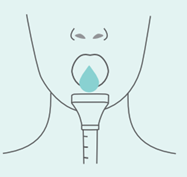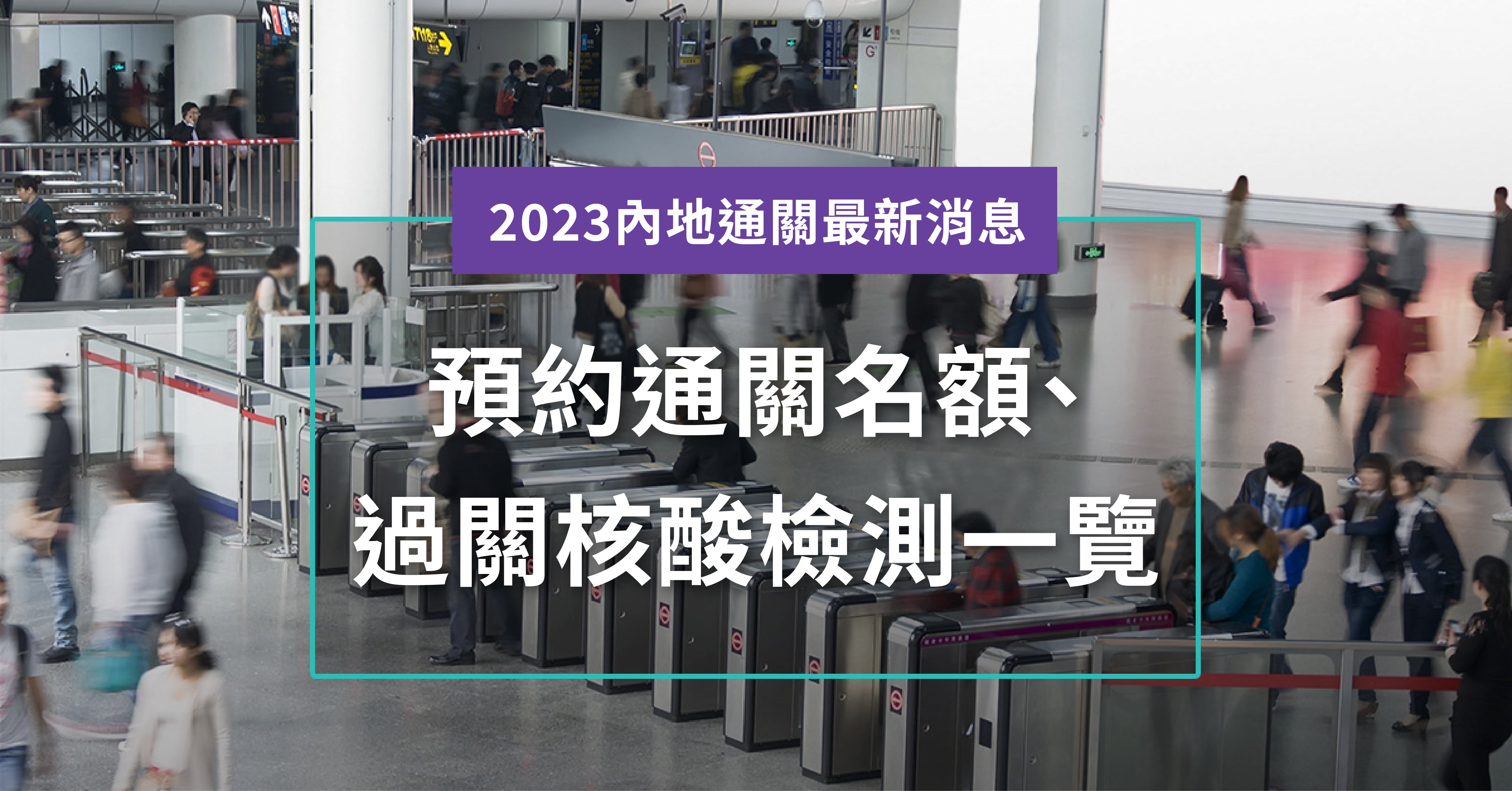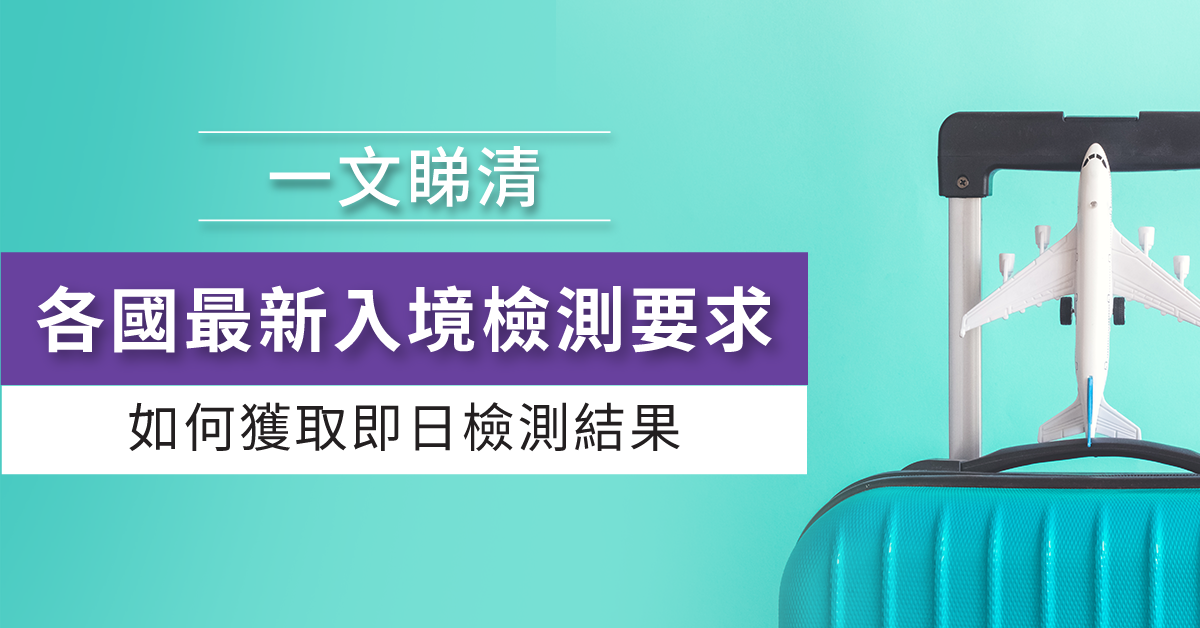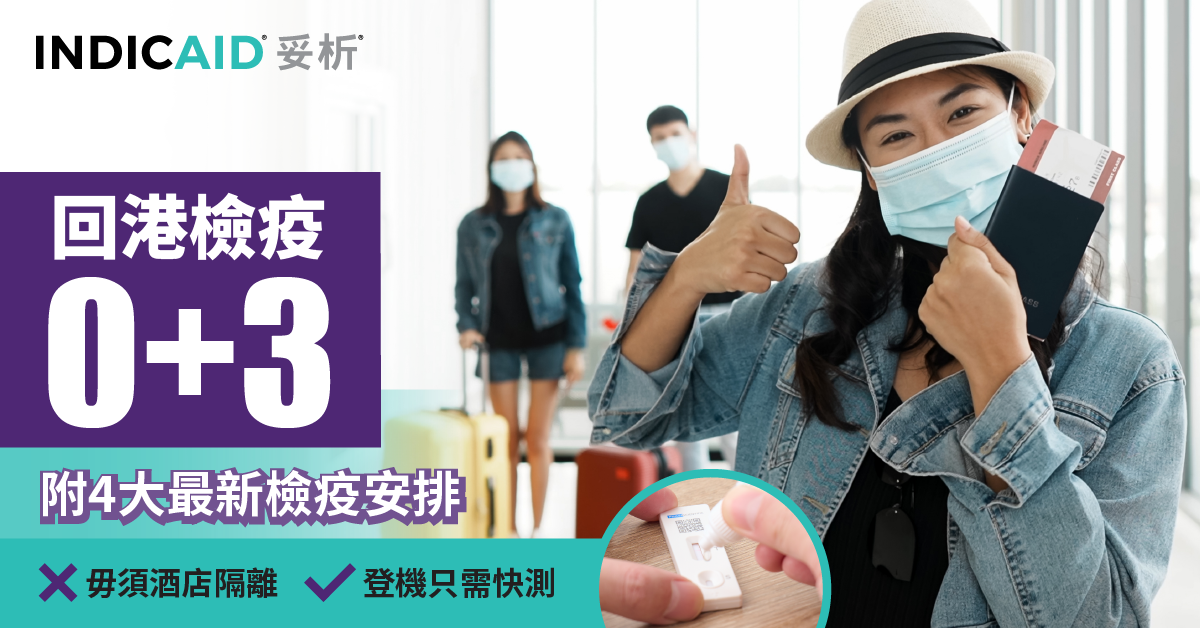新冠疫情爆發接近兩年,雖然不少市民已經習慣定期進行核酸測試,但是測試採樣方式眾多,工作出行、進入不同活動場所以及各個國家的出境又有不同採樣要求,令人難以選擇。常見的核酸測試採樣方式有三種,分別為收集深喉唾液樣本、鼻腔咽喉合併拭子樣本及鼻咽拭子樣本。各種採樣方式的詳情及優劣如下:



| 深喉唾液 | 鼻腔咽喉合併拭子 | 鼻咽拭子 | |
|---|---|---|---|
| 採樣方式
| 收集唾液中喉嚨和扁桃體的分泌物
| 收集鼻黏膜、喉嚨和扁桃體的分泌物和組織 | 收集鼻咽(顱骨底部和嘴頂)的分泌物和組織 |
| 目標檢測物 | 病毒RNA | 病毒RNA | 病毒RNA |
| 優點 | 可以個人操作 操作簡單 不會造成不適 | 採樣質量比較高 | 部份可以 |
| 缺點 | 唾液樣本的質素受不同因素影響(包括能否吐出來自咽喉的唾液、採集樣本前2小時內進食、飲水、漱口和刷牙) | 伸入鼻腔採樣時有輕微的不適感 一般需要專業人員操作 | 較明顯不適感 需要專業人員操作 不適用於6歲以下的小朋友 |
中環檢測中心 INDICAID lab 政府認可核酸檢測
INDICAID labTM 港島中環檢測中心提供安全、方便快捷的核酸檢測服務,讓您無憂快速獲得政府認可核酸檢測報告:
延伸閱讀
- 有關核酸檢測的常見問題
1 當日正午12時前完成採樣,可於同日下午6時提供檢測報告
2適合以鼻腔咽喉合併拭子樣本進行核酸檢測,在場專業醫護人員於檢測當日判斷是否適合進行檢測





